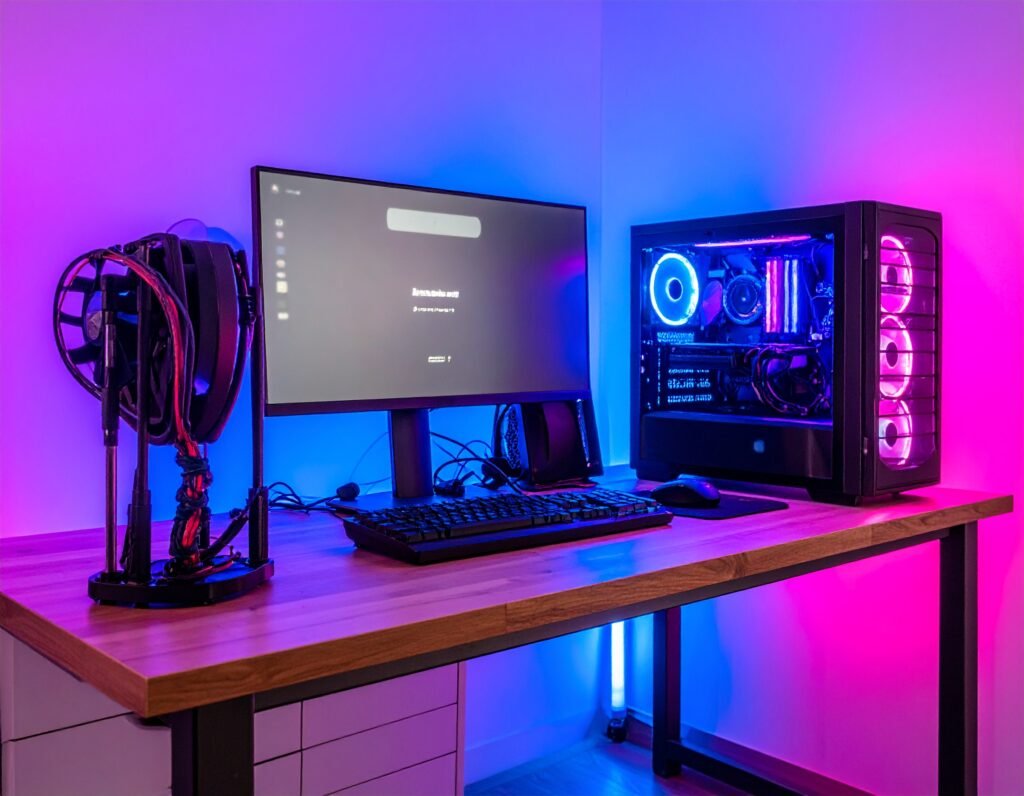
Hey, fellow tech lovers! If you’re anything like me, your PC setup is more than just a machine—it’s a reflection of your personality and passion for tech. I’ve spent countless weekends tinkering with my rig, and I’ve discovered some awesome ways to upgrade it using open-source tools. Not only are these projects budget-friendly, but they also let you flex your creativity while boosting your PC’s functionality. In this post, I’ll share 5 creative DIY PC upgrades with open-source tools i.e, software and resources to take your setup to the next level. Whether you’re into AI, gaming, or just love a good project, there’s something here for you. Let’s dive in!
Why Upgrade Your PC with Open-Source Tools?
Open-source tools are a DIY enthusiast’s dream—they’re free, customizable, and backed by vibrant communities. I love using them because they let me experiment without breaking the bank. Plus, these upgrades can:
- Boost Performance: Optimize cooling, lighting, and more.
- Add Personality: Make your setup uniquely you.
- Enhance Functionality: Integrate AI assistants or smart monitoring.
- Save Money: Skip pricey proprietary software.
I’ve had a blast with these projects, and I’m excited to share them with you. Let’s get started!
You may also like: Ultimate guide to build a gaming PC from budget to beast.
1. Custom RGB Lighting with OpenRGB
I used to think RGB was just for show, but syncing it to my music or workload makes my desk feel alive!
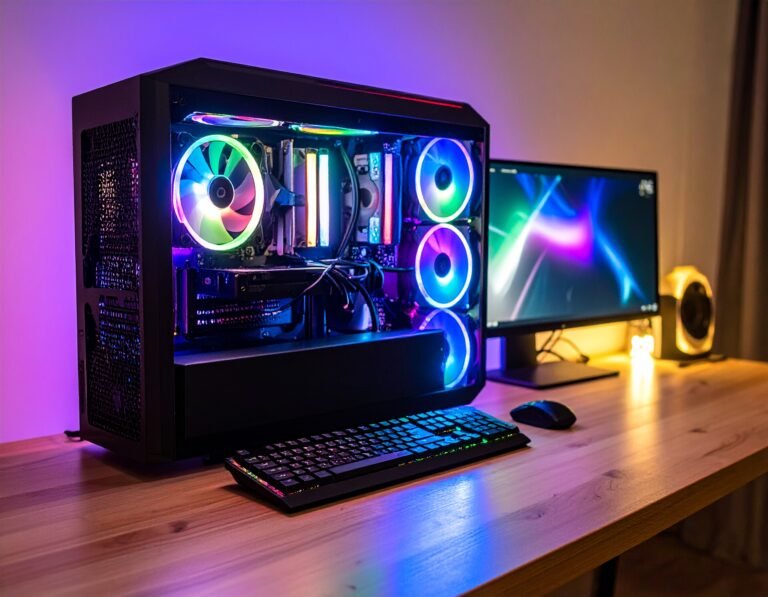
What You’ll Need:
- RGB components (fans, LED strips, etc.)
- OpenRGB (open-source software to control RGB lighting)
How to Do It:
- Download OpenRGB from its official site—it’s free and works with most RGB hardware.
- Connect your RGB components to your motherboard or a controller.
- Open OpenRGB, detect your devices, and start customizing! I set my fans to pulse blue when my CPU is cool and red when it’s working hard.
- Save your profile and watch your setup glow.
Why I Love It:
OpenRGB supports tons of brands (like Corsair, NZXT, and ASUS), and it’s way easier than juggling multiple proprietary apps. I once spent hours syncing my lights to my favorite playlist—it’s so worth it!
You may also like: Guide to build a budget-friendly gaming PC
2. Build a Local AI Assistant with Llama and Open-Source Tools
Ever wanted a personal AI assistant that doesn’t rely on the cloud? I did, and I built one using a Llama model running locally on my PC. It’s perfect for quick tasks like setting reminders or answering questions offline.
What You’ll Need:
- A PC with an NVIDIA GPU (8GB+ VRAM recommended)
- Llama model (download from Hugging Face)
- Python and libraries like Transformers and PyTorch
How to Do It:
- Download a quantized Llama 7B model from Hugging Face—it’s small enough for most GPUs.
- Install Python, PyTorch, and the Transformers library.
- Use a simple script to load the model and set up a basic chat interface (Hugging Face has sample code).
- Add voice input/output with open-source tools like Whisper (for speech-to-text) and eSpeak (for text-to-speech).
- Chat away! I’ve got mine answering coding questions while I work.
Why I Love It:
It’s private, fast, and completely customizable. My assistant now greets me every morning with a terrible robot voice.
You may also like: Build a PC for open-source AI tools.
3. 3D-Printed Cable Management Solutions
Cable clutter drives me nuts, so I decided to tackle it with 3D-printed organizers. If you don’t have a 3D printer, local libraries or maker spaces often have one you can use.
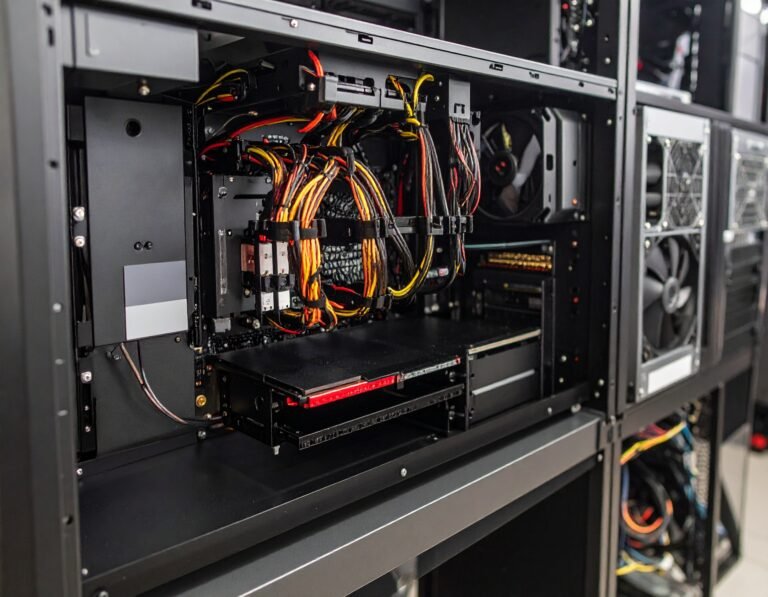
What You’ll Need:
- A 3D printer (or access to one)
- FreeCAD (open-source 3D modeling software)
- PLA filament
How to Do It:
- Download FreeCAD and design a simple cable clip or tray. You can also find free STL files on Thingiverse (search “cable organizer”).
- Print your design—I made clips that snap onto my case to hold cables in place.
- Attach the organizers to your setup and route your cables through them.
- Enjoy the clean look! My desk went from chaos to sleek in a day.
Why I Love It:
It’s super satisfying to solve a problem with something you designed yourself. Plus, it’s cheap.
You may also like: Build a PC for open-source AI tools.
4. Optimize Cooling with Open-Source Fan Control
Running AI models or gaming for hours can make your PC heat up fast. I used to deal with loud fans and thermal throttling until I discovered FanControl, an open-source tool that lets you fine-tune your fan curves.
What You’ll Need:
- FanControl software
- A PC with PWM fans
How to Do It:
- Download FanControl from GitHub—it’s free and lightweight.
- Install and open the app to detect your fans and temperature sensors.
- Create a custom fan curve. I set mine to ramp up slowly until my GPU hits 70°C, then go full blast.
- Test it with a heavy workload (like running a Llama model) to ensure your temps stay low.
Why I Love It:
My PC is quieter now, and my GPU never goes above 75°C, even during long AI tasks. It’s a game-changer for performance and longevity.
You may also like: Ultimate guide to build a gaming PC from budget to beast.
5. Custom PC Case Mod with Recycled Materials
I turned an old wooden box into a rustic PC case using open-source design resources, and it’s now the centerpiece of my setup.
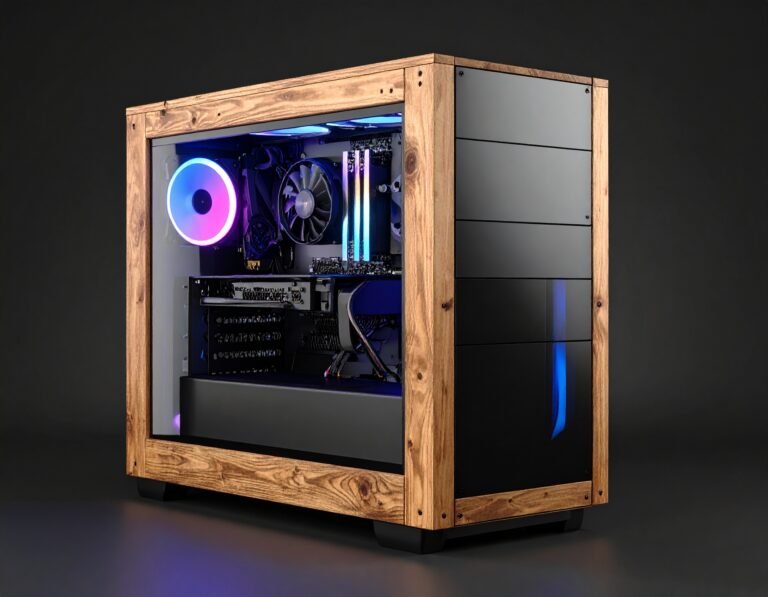
What You’ll Need:
- Recycled materials (wood, acrylic, or even an old case)
- FreeCAD or Blender for design
- Basic tools (screwdriver, drill, sandpaper)
How to Do It:
- Find a sturdy base—I used a wooden box from a flea market.
- Measure your PC components to ensure they’ll fit.
- Use FreeCAD to plan cutouts for fans, ports, and airflow.
- Cut and assemble your case, adding mounts for your motherboard and GPU.
- Sand and paint for a polished look. I stained mine for a vintage vibe.
Why I Love It:
It’s eco-friendly and totally unique.
You may also like: Build a PC for open-source AI tools.
Final Thoughts
These 5 DIY projects have made my PC setup both functional and fun. From glowing RGB lights to a custom AI assistant, open-source tools let me experiment without spending a fortune. My favorite is the AI assistant—it’s like having a tech-savvy buddy right on my desk! Which project will you try first? Drop a comment below.
Frequently Asked Questions
What are the best open-source tools for PC upgrades?
I love OpenRGB for lighting, FanControl for cooling, and FreeCAD for 3D design. They’re free, easy to use, and have active communities for support. For AI projects, Python libraries like Transformers are a must.
Can I run an AI assistant on a budget PC?
Yes, if you use a quantized model like Llama 7B. A budget PC with an RTX 3060 and 16GB RAM can handle it for basic tasks. I started with a similar setup, and it worked great for simple queries.
Do I need a 3D printer for cable management?
Not necessarily! You can use a 3D printing service or even repurpose household items like binder clips. I used a friend’s printer for my organizers, but there are plenty of alternatives.
Is FanControl safe for my PC?
Absolutely, as long as you don’t set crazy fan speeds. I always test my fan curves with a stress test to make sure my temps are safe—under 80°C is my rule of thumb.
Where can I find free designs for PC case mods?
Check out Thingiverse or FreeCAD’s community forums for free STL files and templates. I found a cool fan mount design on Thingiverse that inspired my case mod.


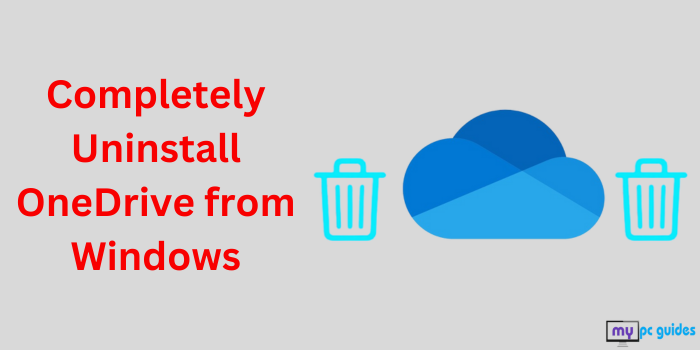
It’s very helpful.
Pingback: Build a Gaming PC in 2025: Ultimate Guide from Budget to Beast